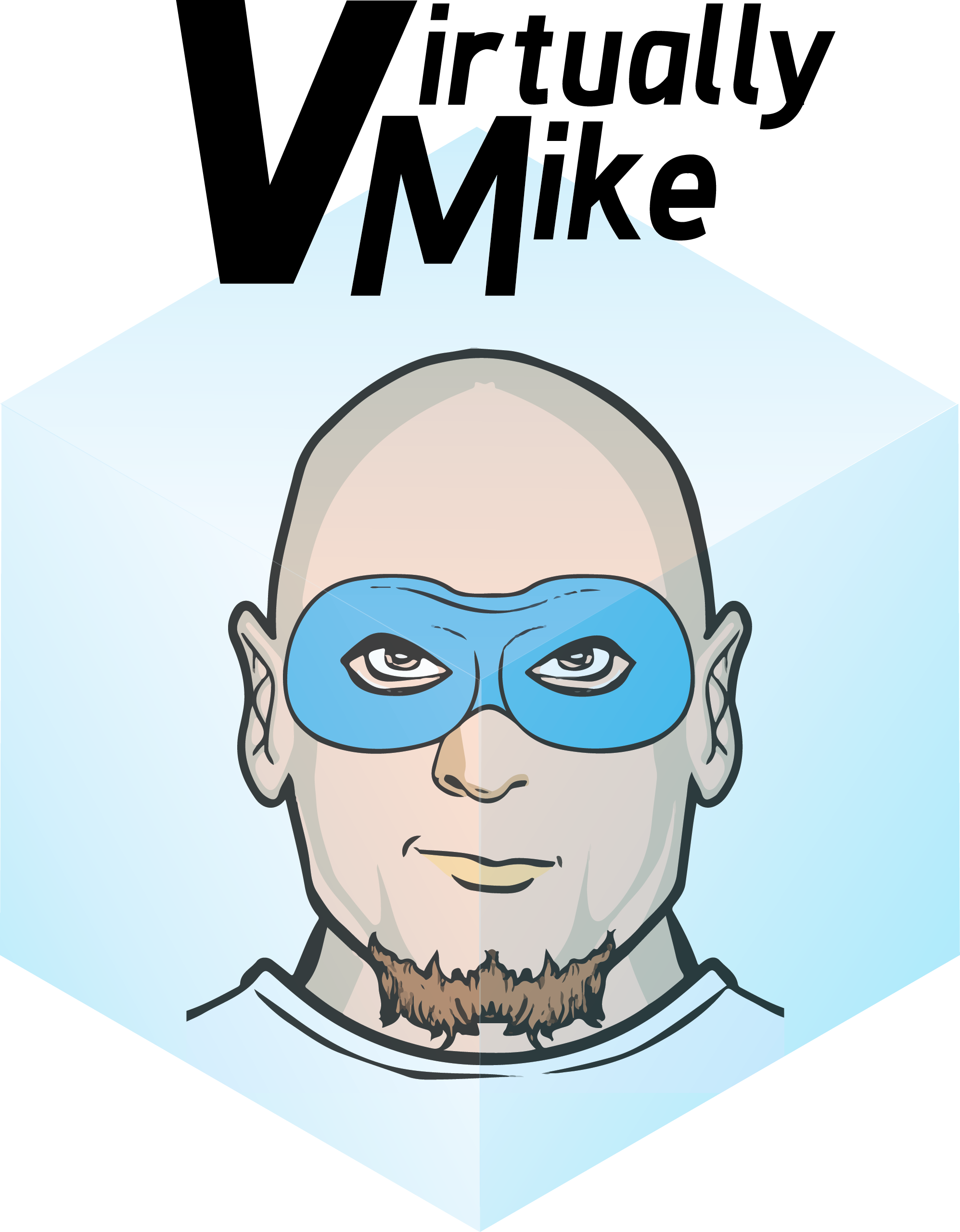Sorry to go way off the path when it comes to my normal rants and posts about technology, I had a bit of a revelation this morning and felt compelled to share it. With any IT job there are times where you are frustrated with management, where you are selling your idea to someone up the chain and you realize that your idea tends to be influenced by some new technology that someone else is selling you. That’s when the light bulb goes off and you say to yourself, “well I guess I could be a pre-sales engineer too” only you don’t like the idea of working on commission. Still as an on site engineer you rely somewhat on SE’s to help provide the data that makes your business case, because after all you are “just an IT geek” in the eyes of management.
The funny thing about this revelation is I have had it several times before where I realized that I have always been selling my plans to those above me. Two years ago I joined a company called Technician Professionals (Tec-Pros) and quickly climbed the corporate ladder (ok I was employee number 6 so it wasn’t much of a climb). In that time the company grew to 35 employees and my role as lead Technologist or Director of IT Operations or whatever I was called evolved with our growth.
We were very successful at first trading on just our skills and reputation to perform great work, but as time went on we needed to grow the business. It was then that I started talking to customers about what Tec-Pros could do for them and having technology and road map conversations about the future of virtualization in the corporate structure. All the while I was still performing installs and building virtual desktop infrastructures and looking towards the future. Things have shifted somewhat and while I am still very technical my role is now to train the newer staff on how to perform the engagements and manage the projects. I talk to people more about capabilities and best practices more now than I used to.
Over the course of my career I have seen many of my friends most of whom I viewed as the best and brightest go on to be SE’s at large vendors. So as I made a transition from doing to discussing it never hit me that I was actually changing from a script writing, keyboard punching engineer to a sales engineer. It certainly wasn’t my intention but it was what the company needed me to be. So now I am managing all IT operations and helping to drive sales for Tec-Pros. It’s not a bad gig either, it’s just like engineering only I get to be the one helping to push the idea forward. In the end I believe all good IT people are sales people, if you are trying to innovate you have to have buy in, and to gain that buy in you are selling your idea. SE’s just do it with margin.
